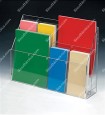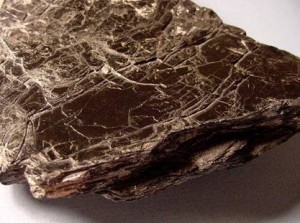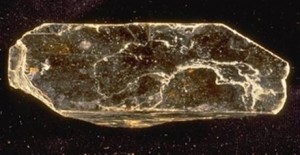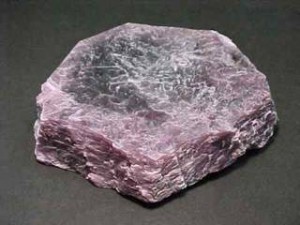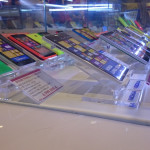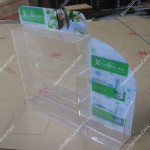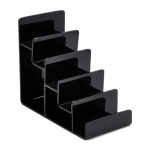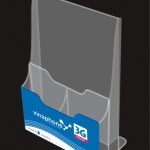What is mica?
Mica is from the silicate class of minerals. Mica is also known as Muscovite, Biotite, Phlogopite, and Lepidolite. The group of micas are known for their extremely flaky rock characteristics, also known as cleavage.
Where can you find mica?
Mica, both scrap and flake, can be found all over the world. In the United States, mica is produced in Arizona, North Carolina, South Dakota, Georgia, New Mexico, and South Carolina. The production in North Carolina accounts for half of the total U.S. mica production.
What is mica used for?
Mica can be used in many household products. One specific use of mica is in gypsum wallboard joint compound, where it acts as a filler and extender. It provides a smoother consistency, improves workability and helps to prevent cracking. Also, in the paint industry, ground mica is used as a pigment extender and facilitates suspension due to its lightweight anatomy. The ground mica also helps prevent shrinkage and shearing of the paint film, provides increased resistance to water penetration and weathering, and brightens the tone of the colored pigments. Sheet mica is mainly used in the electronic and electrical industries. Sheet and block mica are used as insulators in electronic equipment, thermal insulation, gauge “glass”, windows in stove and kerosene heaters, decorative panels in lamps and windows, insulation in electric motors and generator armatures, field coil insulation and magnet and commutator core insulation. Mica flakes are also used as snow in movies or for decoration. Also you can find mica in many of your personal care items such as toothpaste, eyeliner, concealer, nail polish, shimmer powder, lotions, lipstick, body wash, sunscreen, shampoo, conditioner, and hair dyes.
What are the properties of mica?
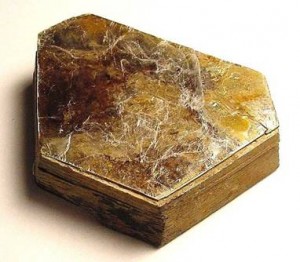
“Muscovite, commonly known as white mica, is a member of the mica family of minerals. The mica minerals all share the property of perfect basal cleavage, which means that layers of mica can be peeled off of a mica crystal in very thin sheets. It is especially easy to peel off large numbers of paper-thin sheets from a muscovite crystal. Consequently, crystals of mica, like the one shown above, are often referred to as books of mica.”(Roger Weller) Muscovite can be found in many colors such as white, yellow, silver, green and brown.
“Biotite is also known as black mica. It can be peeled off of a large crystal in thin layers but with more difficulty than peeling muscovite (white mica). Biotite does not have economic value because it lacks the transparency and electrical insulating properties found in muscovite”(Weller).
The typical black to brown color of biotite is characteristic although it is difficult to distinguish brown biotite from dark brown phologopite. Biotite and phlogopite are end members in a series that is dependent on the percentage of iron. Biotite is iron rich and phlogopite is iron poor. Biotite also has a layered structure of iron magnesium aluminum silicate sheets weakly bonded together by layers of potassium ions. These layers make the perfect cleavage. When biotite crystals are weathered they can appear to be what we know as “fool’s Gold”, a golden yellow mineral with a nice sparkle.
Phlogopite is a more rare member of the mica group not well known even by many mineral collectors. It has and still is being mined for its heat and electrical insulation properties, which are considered superior to other micas.
Phlogopite, like all other micas, has a layered structure of magnesium aluminum silicate sheets inadequately bonded together by layers of potassium ions. These potassium ion layers produce the perfect cleavage. Phlogopite is not considered a valuable mineral specimen.
Lepidolite is a new form of mica that has only been on the market in large quantities for only a decade. This newer form of mica is a lithium ore that forms only in granitic masses that contain an ample amount of lithium. Lepidolite may be found in many different colors ranging from violet to pale pink or white and rarely gray or yellow.
Source: http://skywalker.cochise.edu
- Sorry,no post found!















